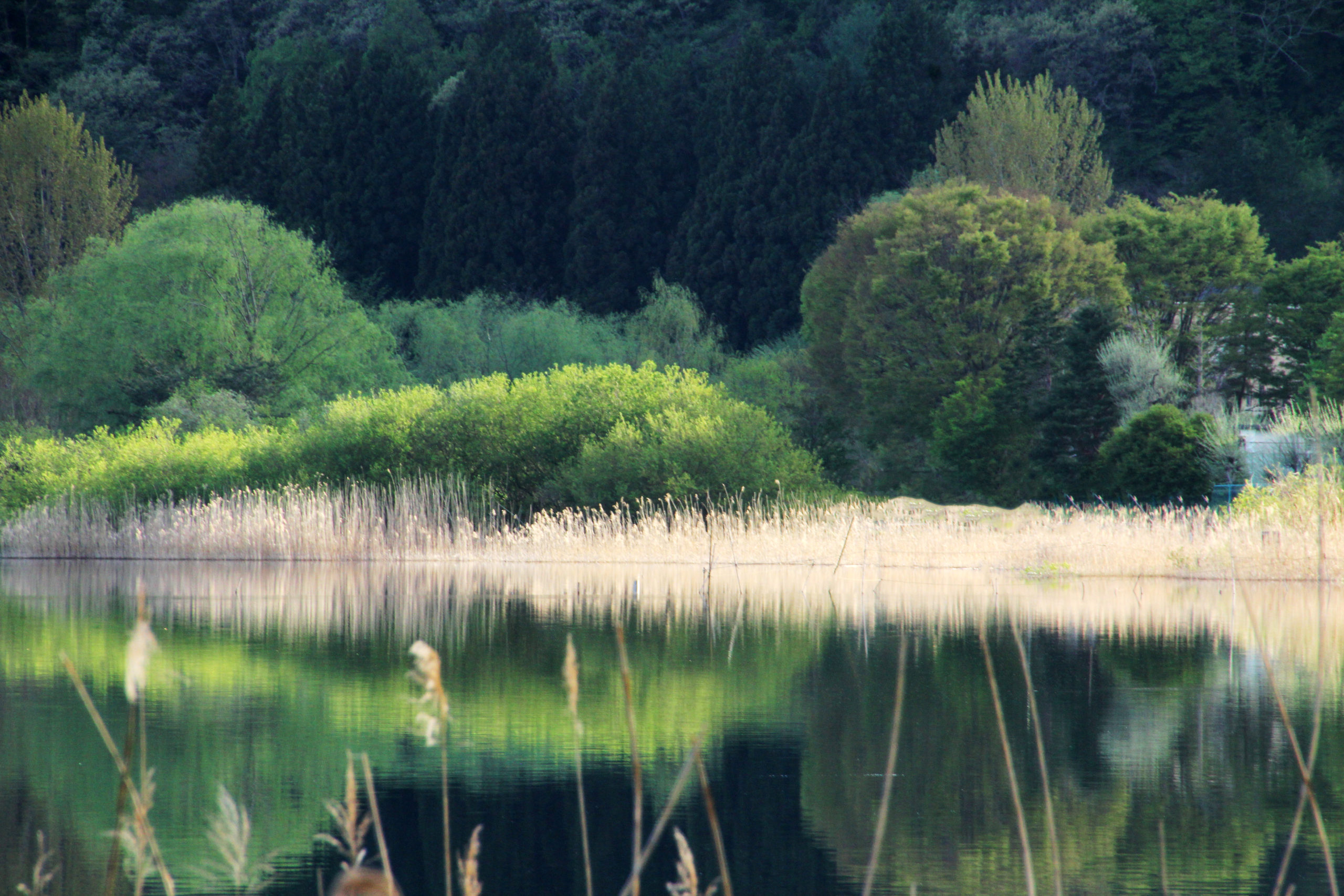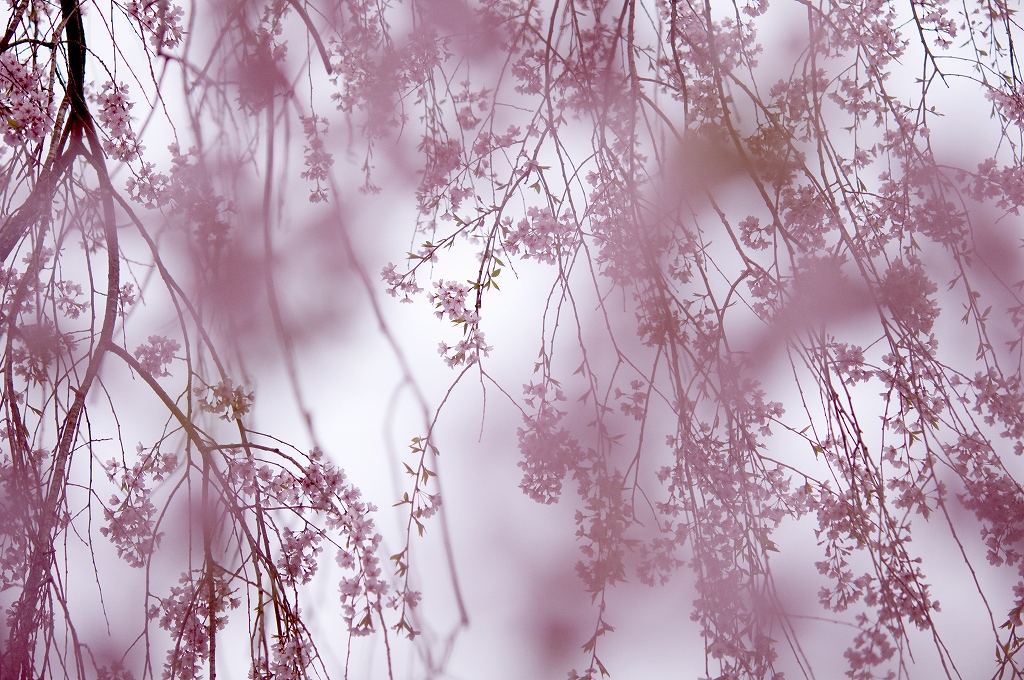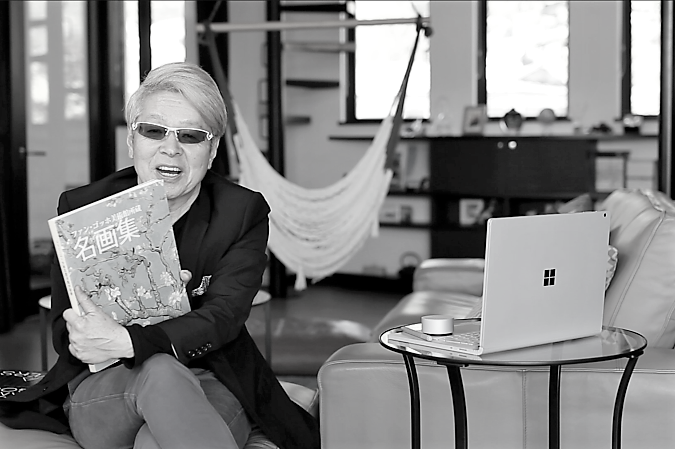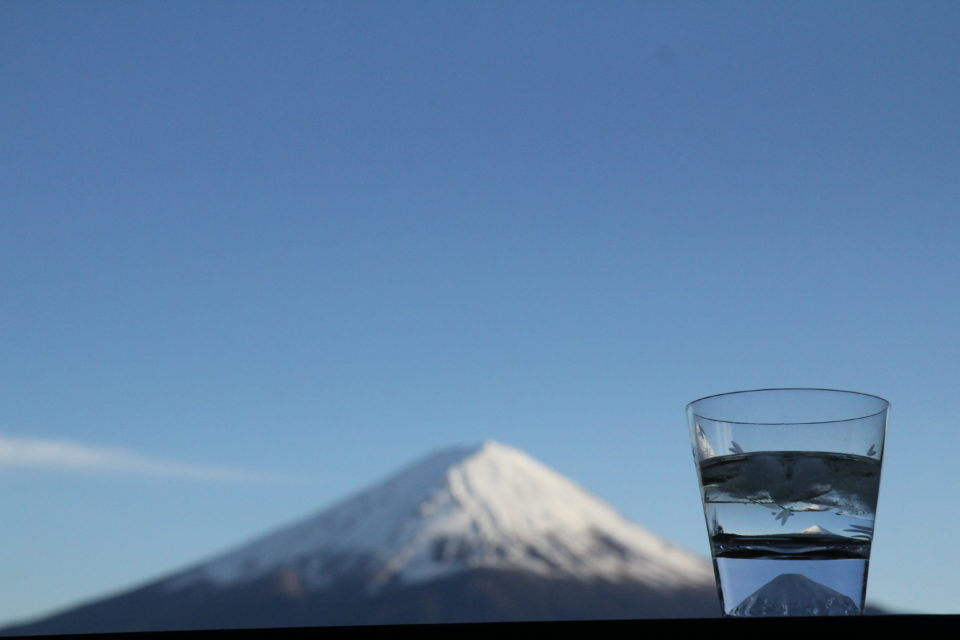Curbed from traveling, a Japanese photographer embraces technology to make art.
By Kumiko Tezuka
A year ago, Masato Terauchi had the whole world in his viewfinder. The internationally acclaimed landscape photographer simply strapped on his backpack and headed out across the globe to wherever he needed to capture a subject or scene.
Then came COVID-19. Like most of us, the pandemic severely curtailed the scope of his work and his lifestyle. Now, with international travel out of the question, Terauchi is focusing closer to home – a majestic lake at the foot of Fuji, the imposing snowcapped volcano that is an icon of his native Japan.

“I’m currently limiting my activities to the area around Lake Kawaguchi where I live,” he says. “Most Japanese people look to Mount Fuji as the ultimate example of the beauty of nature, but Lake Kawaguchi (pictured above) is my personal favorite.”
Terauchi says living in today’s “new normal” has changed the subject matter of his work and the way he approaches it.
Over the years, big advances in digital technology have revolutionized the art of photography. Much can now be pre-set and then checked and adjusted in a camera itself.

But many photographers still choose to edit their images on other devices using specialized software. This usually means leaving a shooting location and going back to a studio or office desktop to select, crop, and tweak images.
Now sophisticated editing can be done on location immediately after a shot is taken. Terauchi is among a growing number of high-end photographers who are using Surface Book 3 an on-the-spot editing tool.
During photoshoots, Terauchi routinely switches between different cameras and lenses to get different images with different effects in different ways. He also uses his Surface’s many modes with similar versatility – as a PC, a tablet, or a portable studio for editing and processing (pictured below).
.png)
When on location, he checks the photos he’s just taken on the high-definition display of his Surface Book. He can edit his shots there and then to match the nuance of light and other physical conditions.
Once home, he uses his customized Surface Dial for more detailed retouching and other post-processing. He then consults with and delivers the final shots to clients via Microsoft Teams.
READ: Introducing Surface Laptop Go
“Having a Surface Book is like having a darkroom wherever I go,” he explains. “I don’t think it would be an exaggeration to say that, just as the creation of new types of paints helped broaden the world of artists over the centuries, Surface is helping expand the scope of activity and creativity of photographers.”

With a little more time on his hands nowadays, Terauchi is also shooting video. Again, he is relying on his Surface Book 3 for editing.
“There’s a Japanese word that translates roughly as ‘my darling device.’ It’s the perfect word to describe my Surface Book,” he says. “Whenever I’ve been in a fix, it’s always helped me out.”

BIOGRAPHY:
 Masato Terauchi was born in Toyama Prefecture, Japan. Terauchi became a freelance photographer in 1991 after working at a publishing house. His photos of Mount Fuji were exhibited at UNESCO’s Paris headquarters in 2012.
Masato Terauchi was born in Toyama Prefecture, Japan. Terauchi became a freelance photographer in 1991 after working at a publishing house. His photos of Mount Fuji were exhibited at UNESCO’s Paris headquarters in 2012.
He delivered a lecture at FOTOGRAFICA BOGOTA 2015 in Colombia. He held a solo exhibition in the Fujisan Sengen Okumiya Shrine at Mount Fuji’s summit in 2016. He has served as a policy advisor to Toyama City since 2014 and is a member of the Japan Professional Photographers Society.
Top photo: Mount Fuji by Masato Terauchi.
A Japanese version of this story can be found here.





